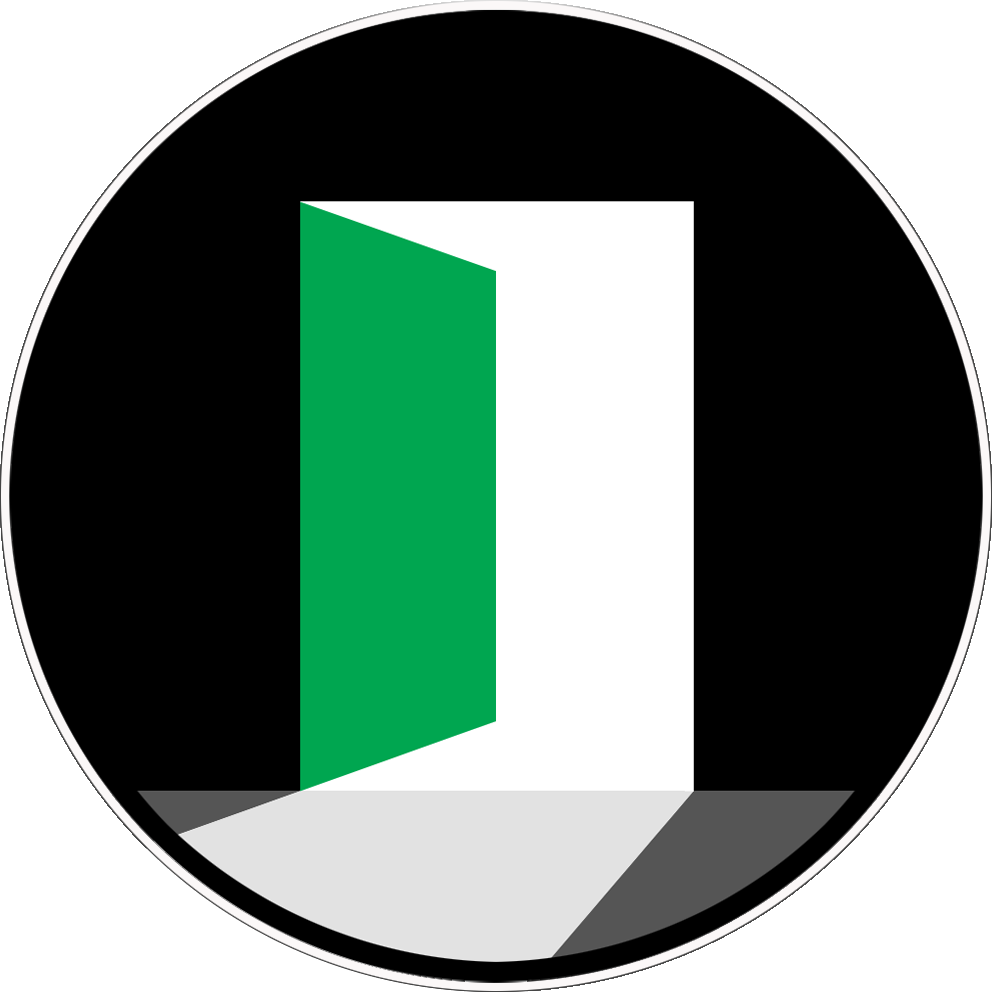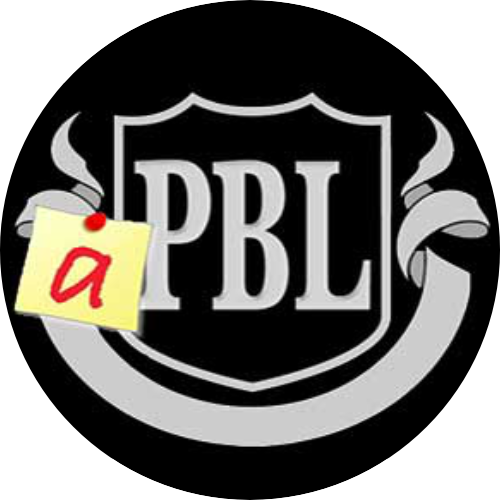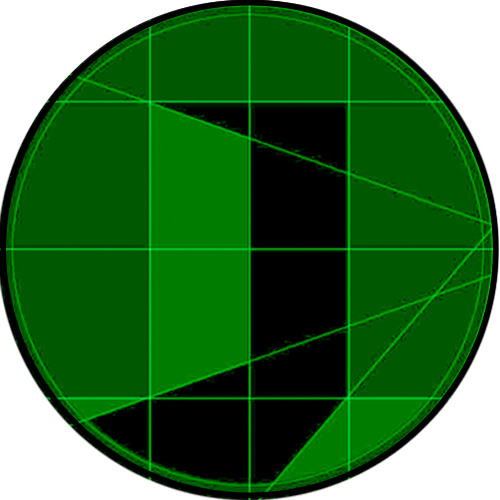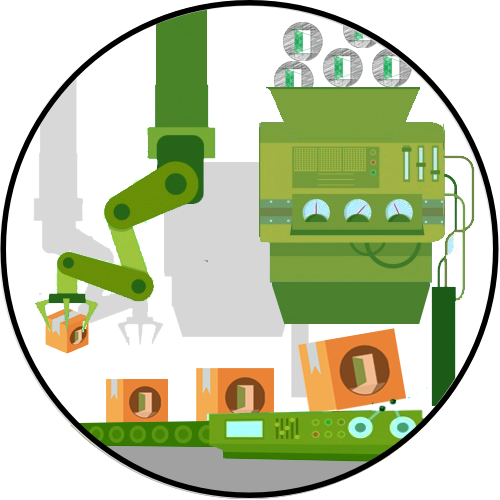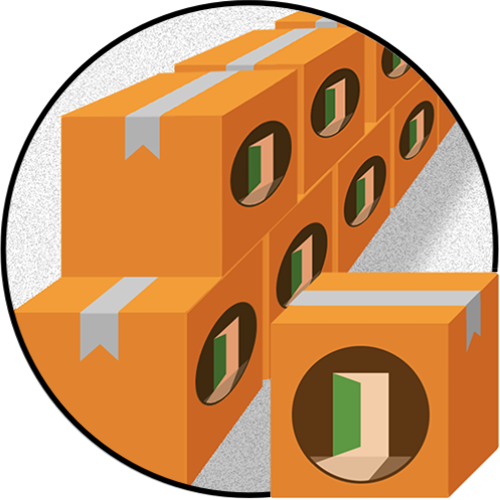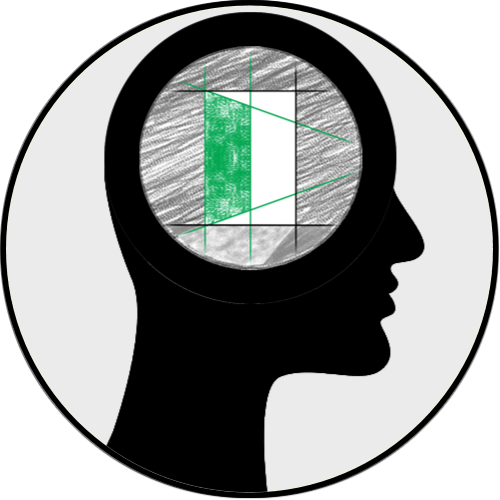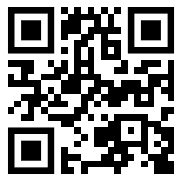Curricular PBL
What has been presented so far about the implementation of the PBL methodology refers to an activity cycle in medicine, which is applied to any other area (specially in healthcare). In general, this cycle consists of two tutorial sessions, including the evaluation process, when it is done at the end of the second tutorial session. However, it is important to clarify that, in institutions where PBL is systematically used, this cycle is repeated from the beginning to the end of the program. This is what is has been called curricular PBL across this site.

There is some variation in the implementation of curricular PBL depending on the institution's pedagogical policy, but in general one or two cycles of PBL activities are carried out per week. As I already mentioned, each cycle has two tutorial sessions. Thus, as shown in the figure below, we can have a cycle that starts on Monday and ends on Thursday.
What has been presented so far about the implementation of the PBL methodology refers to an activity cycle. In general, this cycle consists of two tutorial sessions, including the process. After the second tutorial session of the first cycle, the first tutorial session of the second cycle begins, which ends on Monday of the following week. And so the cycles are sequenced over the weeks, as shown below, forming modules or phases of the course.
Obviously learning in PBL does not depend only on tutorial sessions. There are also seminars, classes (although some institutions do not like to use this term), follow-up of clinical and surgical procedures, and exams in real patients. In fact, PBL activities are one of several tools for implementing the methodology, even considering they are the the core element of the methodology.
There are graduation programs in medicine that, with a duration of 6 years, use the already mentioned case books in the first two years for such activities. In the following two years, they use recorded videos, actors, augmented reality, among other more sophisticated pedagogical tools, for medical students to feel more immersed in the simulation of the health reality they need to learn. For the last two years, it alternates planned cases with real cases, which arise at the university hospital and where preceptors (doctors and professors) follow up.
Thus, the cycles of PBL activities in sequence form modules or phases, which form academic semesters, which make up the course curriculum (see figure below).
Assuming that, at this point in this material, you have already acquired a good notion of how the PBL methodology works, we can finally close the approach focused on medicine and open up to other areas of knowledge. Although, you may have already noticed why the PBL methodology has been so successfully implemented in other fields, especially those involving healthcare.
Let us now reflect on the difficulties to be overcome for the implementation of PBL in other fields of knowledge and at other educational levels. The understanding not only how a PBL activity takes place, but also what is curricular PBL, is very important for this reflection. Thus, we can see how OpenPBL can help you to overcome such difficulties.

